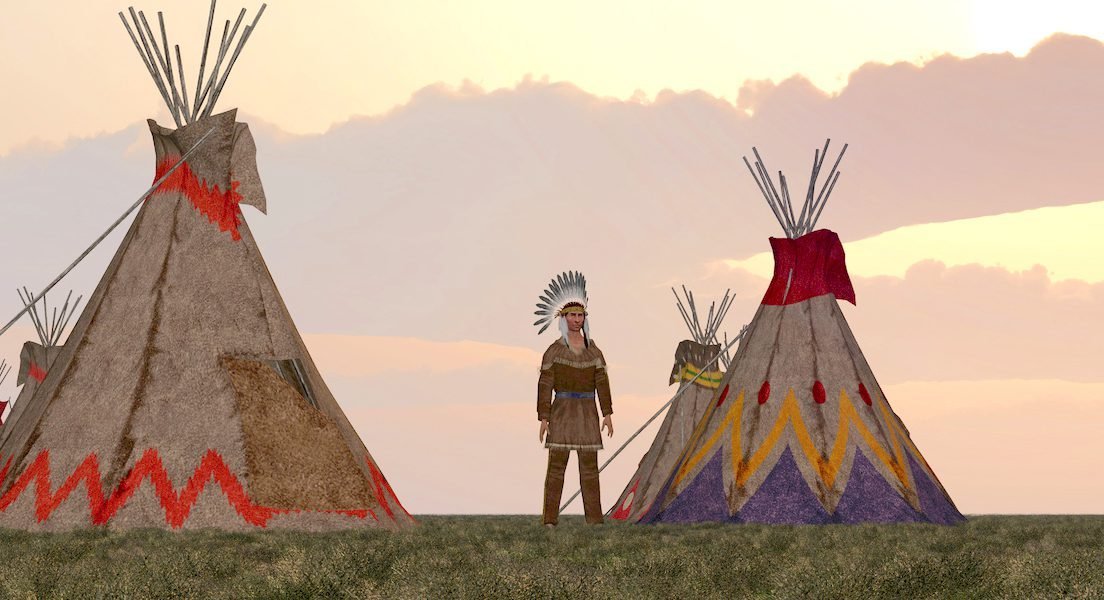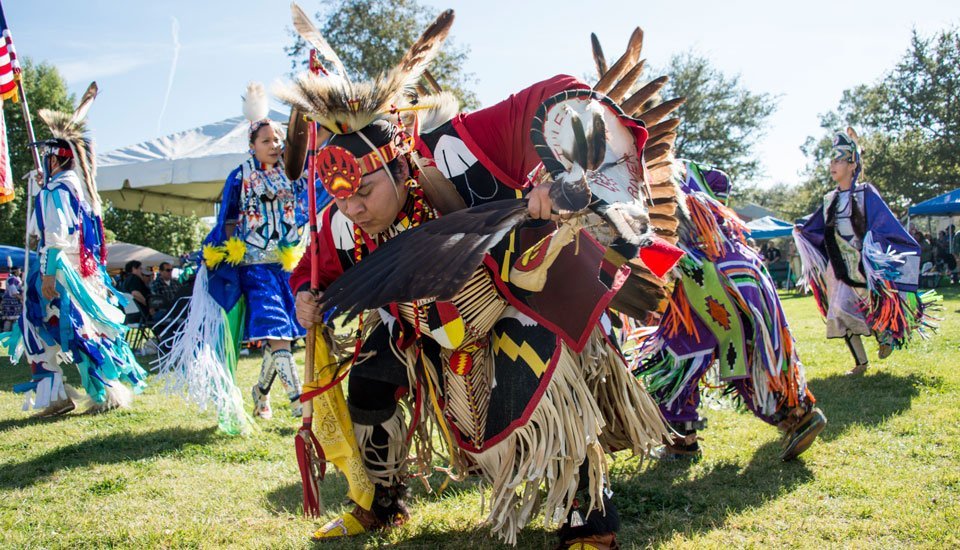The Native American Cultures represent a vibrant and diverse array of civilizations that have thrived across North America for thousands of years. These cultures, often referred to as American Indians, Indigenous Americans, or First Americans, originated between 40,000 and 14,000 years ago.
Over millennia, they developed into distinct nations with complex and sophisticated societies. Spanning from Alaska to the southern United States, these cultures left a lasting impact on the continent.
Historical Overview of Native American Cultures
The early migration of these peoples is traced through archaeological findings, including tools, spearheads, and monumental structures. These discoveries are categorized into several key periods:
- Paleoindian-Clovis Culture: Circa 40,000 to 14,000 BCE
- Dalton-Folsom Culture: Circa 8,500 to 7,900 BCE
- Archaic Period: Circa 8,000 to 1,000 BCE
- Woodland Period: Circa 500 BCE to 1,100 CE
- Mississippian Culture: Circa 1,100 to 1,540 CE
During the Archaic Period, there was a significant shift from a hunter-gatherer lifestyle to more settled communities. This transition is evidenced by sites such as Watson Brake and Poverty Point. These cultures, while distinct, shared common values including spirituality, community, and environmental stewardship. Women played a vital role in these societies, often serving as leaders or advisers.

Native American Cultures and Tribal Diversity
By the Archaic Period, Native American cultures had spread across various regions, each developing unique tribal identities. Here’s a glimpse into some of these diverse groups:
- Arctic/Alaska: Eskimaleut, including Aleut, Haida, Inuit, Tlingit
- Canada: Inuit, Métis, and over 50 distinct nations
- Northwest Coast: Athabascan, Chinookian, Haida, Salishan, Tlingit
- Northeastern Woodlands: Algonkian, Iroquois
- Southeastern Woodlands: Muskogean, Yuchi, Siouan, Iroquoian
- Plains and Prairie: Algonkian, Siouan, Caddoan Nations
- Plateau: Lutuamian, Salishan, Shahaptian, Waiilatpuan Nations
- Great Basin: Uto-Aztecan Nations including Shoshone and Paiute
- California: Hokan, Penutian, Ritwan, Uto-Aztecan, Yukian
- Southwest: Athabascan, Pueblo, Tanoan, Uto-Aztecan, Yuman, Zuni
Societal Development and Agriculture
By the time of European contact in the 15th century, Native American nations were highly developed socio-political entities. The introduction of maize (corn) from Mesoamerican cultures around 2,100 BCE revolutionized agriculture and settlement patterns. The cultivation of maize, along with beans and squash—known as the Three Sisters—played a crucial role in supporting dense populations and fostering complex societies.
Michael G. Johnson notes that these cultures were dynamic and advanced long before European arrival. The Dalton-Folsom people, for example, developed sophisticated hunting and construction technologies. Monumental sites like Cahokia, once the largest urban center in North America, exemplify the complexity of these ancient cultures.

Spiritual Beliefs and Warfare
Native American Cultures were deeply influenced by spiritual beliefs that viewed all elements of nature as alive and interconnected. Jack D. Forbes explains that this worldview fostered a profound respect for the natural world and the Creator. Despite their reverence for nature, these cultures also engaged in warfare for various reasons including territorial disputes and prestige. Common weapons included bows, arrows, spears, and tomahawks, and battles were often formal and strategic.
Governance and Daily Life
Native American societies were organized into clans and tribes, with leadership typically vested in a chief who made decisions through council meetings. For example, the Iroquois Confederacy operated under a democratic system that influenced the Founding Fathers of the United States.
Daily life varied by region and included activities such as hunting, gathering, and agriculture. Traditional homes ranged from teepees on the Great Plains to igloos in the Arctic. Women played a central role in managing households, while men focused on hunting and protection.
Innovations and Contributions
Native Americans contributed significantly to various fields including agriculture, technology, and medicine. They were pioneers in cultivating crops like tobacco and peanuts, and they developed essential tools and practices such as the atlatl and medicinal uses of plants. Many innovations, including the canoe and the parka, originated from these cultures and continue to impact modern life.

European Colonization and Legacy Native American Cultures
The arrival of Europeans in the late 16th and early 17th centuries brought devastating changes to Native American cultures. Diseases, warfare, and displacement severely impacted indigenous populations. Despite these challenges, Native American nations continue to exist and maintain their rich cultural heritage. The image of the “vanished Indian” is a myth; these nations have endured and thrived, preserving their traditions and contributing to the cultural mosaic of North America.
Conclusion
Native American Cultures embody a profound legacy of diversity, resilience, and innovation. Understanding their history and contributions helps appreciate the depth and complexity of these societies, and challenges the misconceptions often perpetuated by historical narratives. The richness of Native American history continues to inspire and educate, underscoring the enduring spirit of these remarkable cultures.